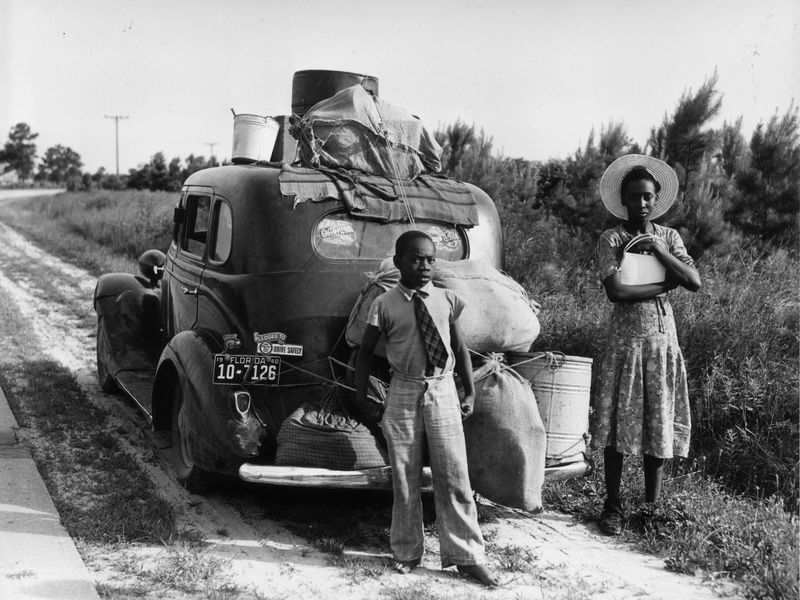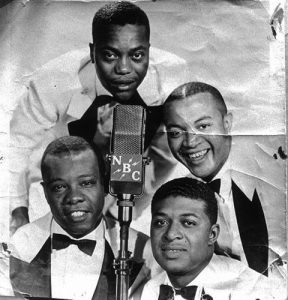After the negro spiritual period, the jubilee period splits into three sections, jubilee (1880-1929), transitional (1930-45), and gospel (1946-49). Focusing on the transitional period, key factors that elevated jubilee music into a notable American music genre was its migration to the north, urbanization, and touring. These three factors bolstered the popularity of jubilee quartet music all across the country.

The Migration North
The migration to the north transported Jubilee music from the deep South to the North. During this time, many black Southerners were looking for better opportunities in the North, such as career, housing, and financial possibilities. As the options moved to the North, so did the music. A popular group that emerged from the Transitional Jubilee period was the Jubilee Golden Gate Quartet. The Quartet was able to spread original music and renditions throughout the Transitional period. Jubilee mostly consisted of praising God and looking forward to a better future.
Urbanization
Urbanization refers to the process of making areas more urban. With the deviation away from more negro spirituals, secular music took its places in popular culture. Jubilee music thrived in the areas with more black people. It was later introduced to the white audiences around the nation, loved and sang by all. Jubilee music transcended its time due to its expansion across the country and urbanization of the US, which became a definitive period in American music history.

Jubilee music transcended its time due to its expansion across the country and urbanization of the US, which became a definitive period in American music history.

Login to your account